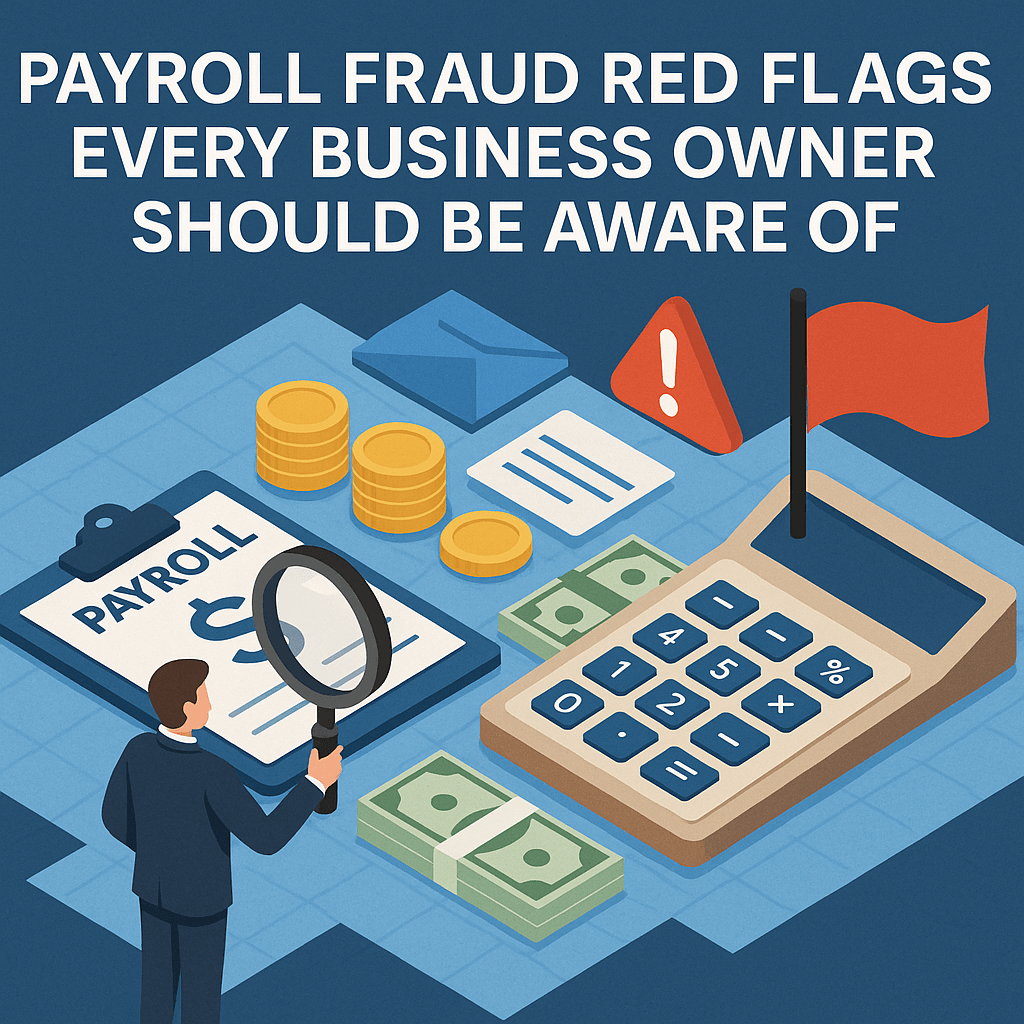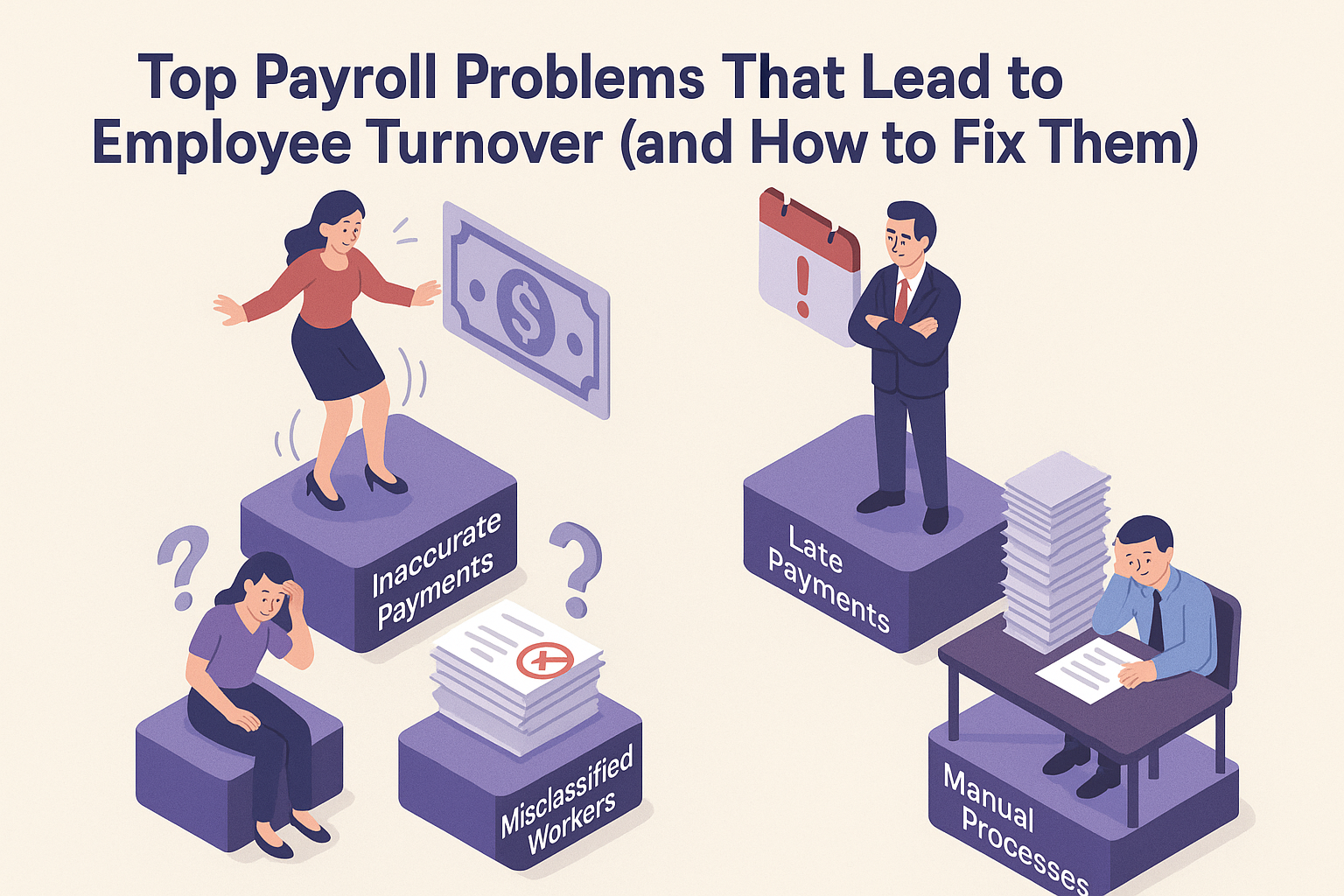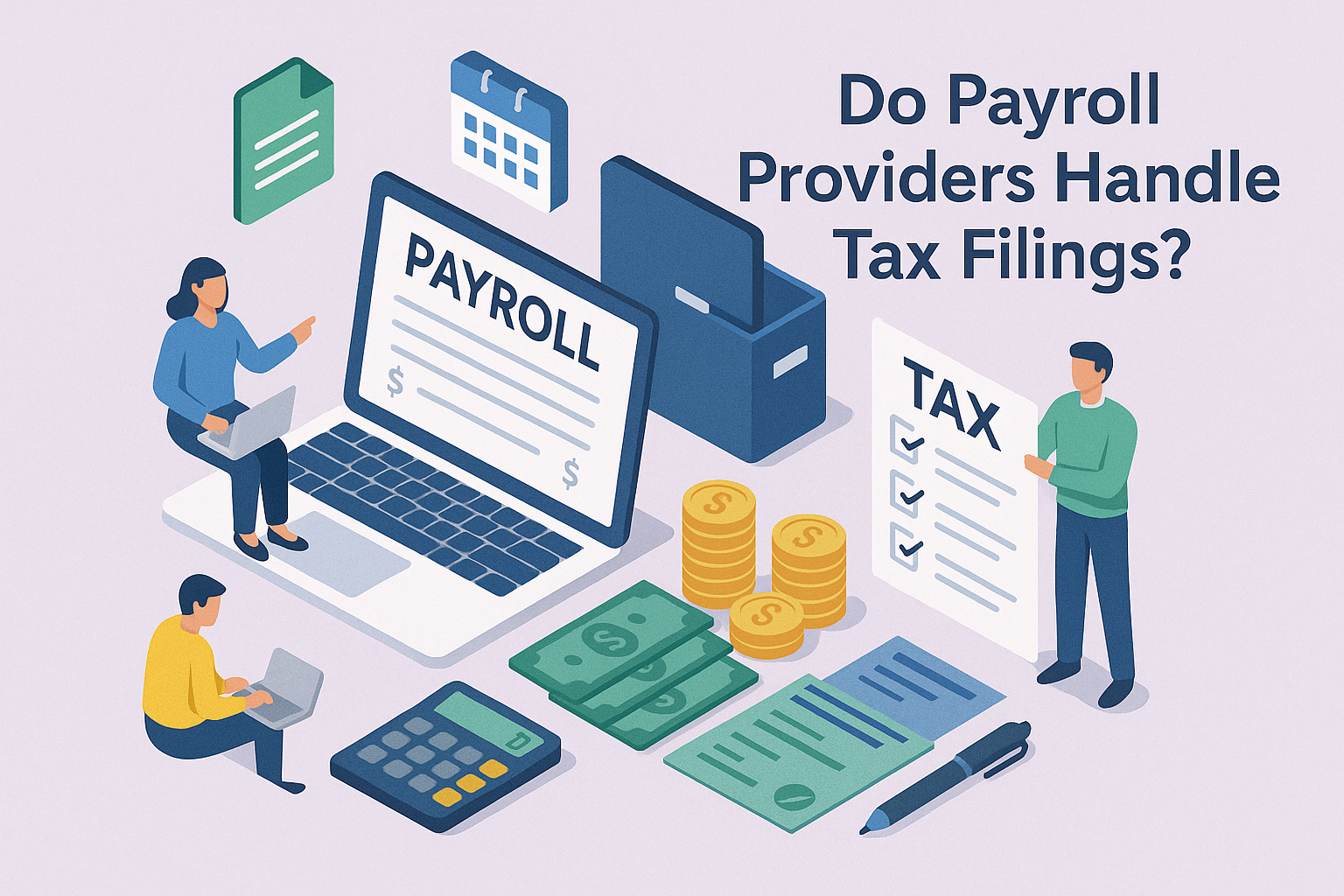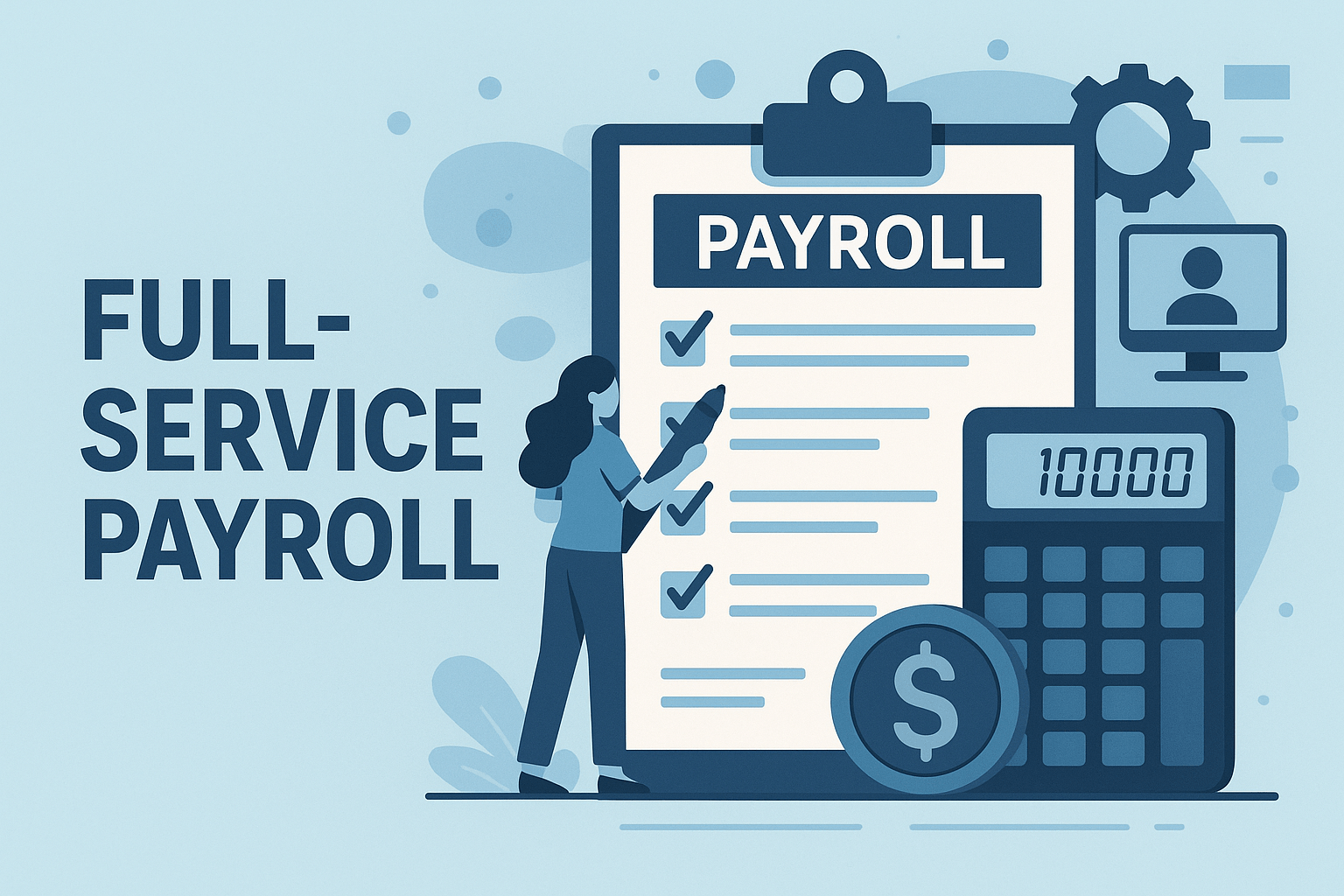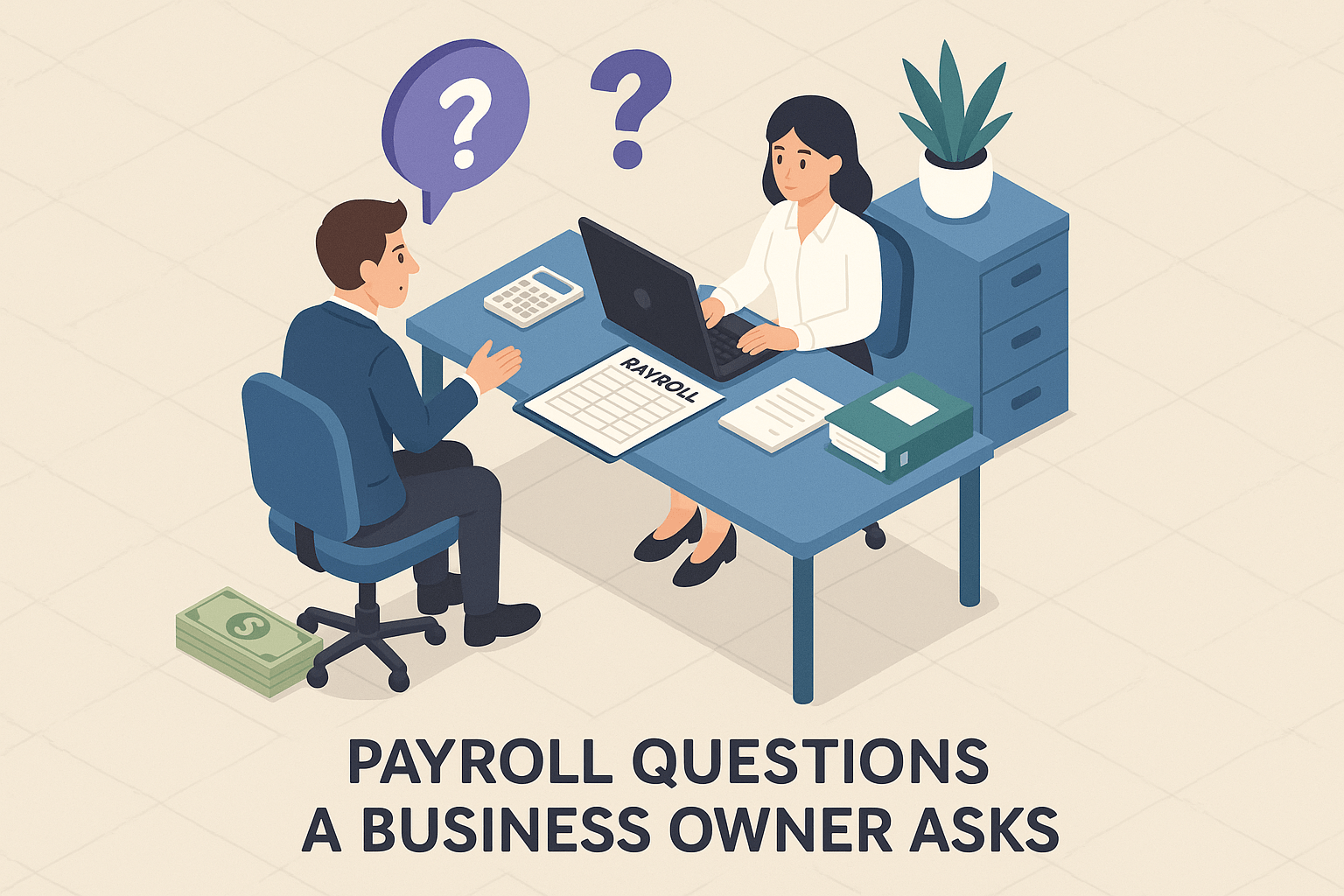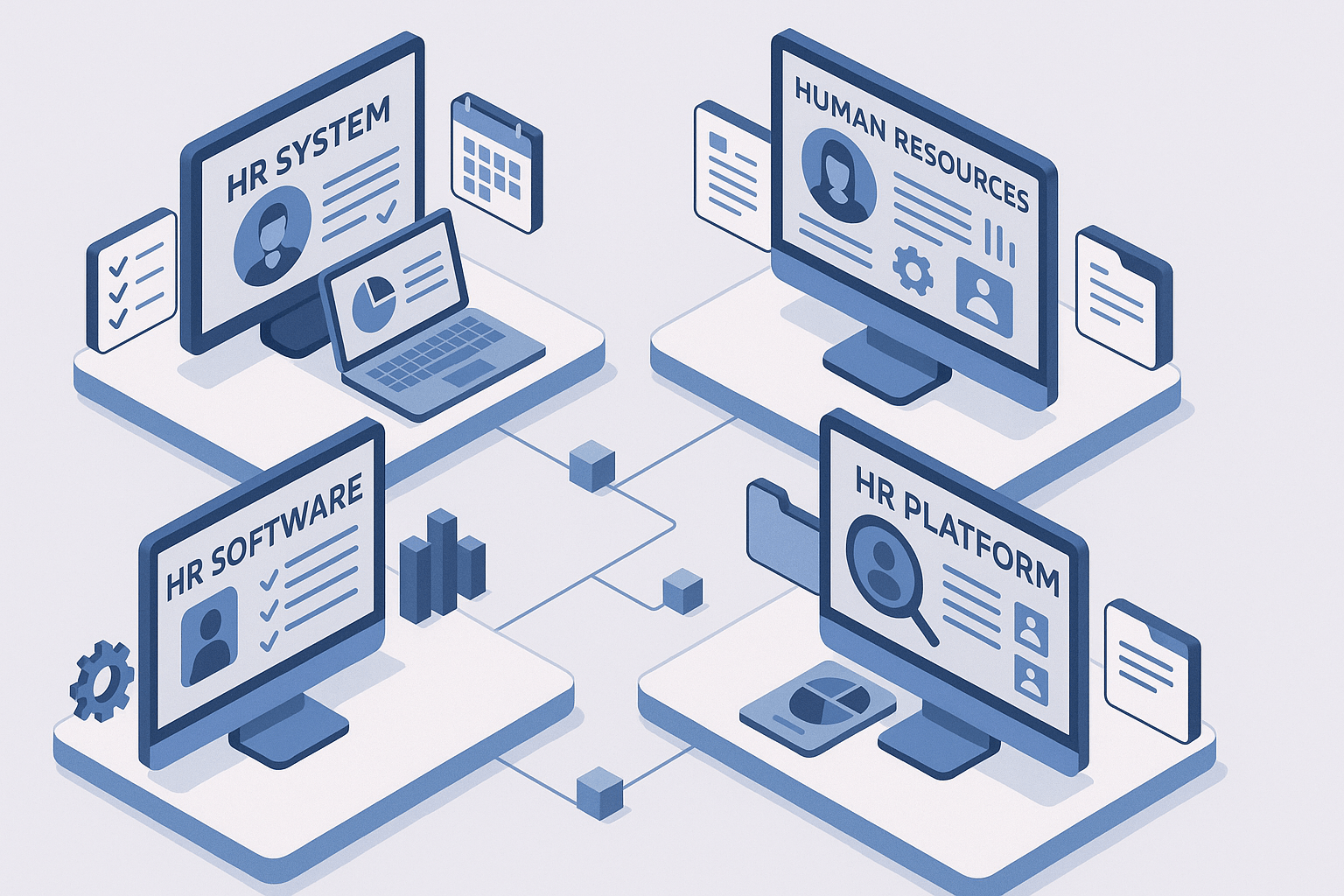What to Expect from the New I-9 Form (Updated September 2024)
November 6th, 2023
8 min read
By Dana Vincent
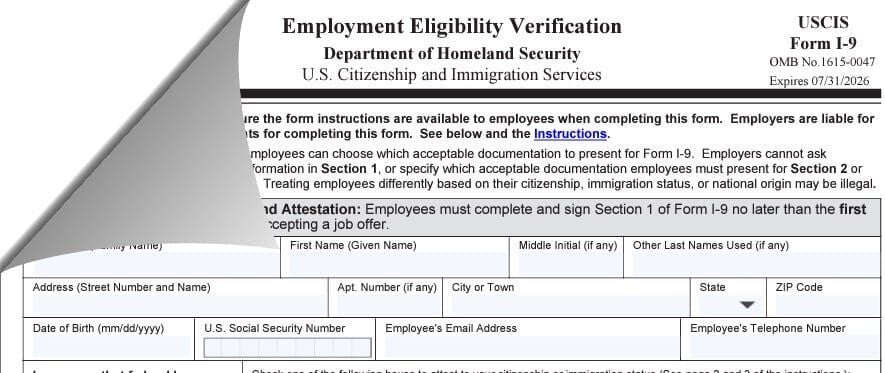
Recent Update
U.S. Citizenship and Immigration Services updated the Form I-9, Employment Eligibility Verification to extend the expiration date to 05/31/2027.
Employers must use the Form I-9 with the edition date of 08/1/23, which may have an expiration date of either 07/31/2026 or 05/31/2027. Either form may be used until its respective expiration date. Downloads available on the Form I-9 download page will only include the new 05/31/2027 expiration date.
Employers are encouraged to update their electronic Forms I-9 systems to use the 05/31/2027, expiration date as soon as possible and must do so no later than July 31, 2026, the expiration date on the previously-issued Form I-9. For more information, visit I-9 Central or join a free Form I-9 webinar.
In addition, E-Verify users creating cases using E-Verify+ will notice that the form generated is labeled Form I-9NG. This new Form I-9NG has the same fields as the Form I-9, although it has a new OMB control number, a 05/14/24 edition date, and a 05/31/2027 expiration date.
E-Verify+ participants must retain this Form I-9NG under the same retention requirements as the Form I-9. The Form I-9NG is not available outside of E-Verify+.
*Source: USCIS
If you're an employer, chances are you've heard of the I-9 form, but do you know exactly what the I-9 verification process is and why it matters so much? As simple as it may sound, this process is critical for businesses to comply with U.S. employment laws. Without proper handling, you could find yourself facing hefty fines and penalties, even if the mistake was unintentional.
This article will explain the I-9 verification process, why it's essential, and what steps are involved to ensure it's done correctly. By the end, you'll have a clear understanding of what you need to do to protect your business while staying compliant with federal regulations.
Lift HCM has already taken steps to ensure our own compliance for clients on whose behalf we administer Form I-9. We’ll take you through some of the changes you can expect to the verification process and outline some action items to implement upon reading our guide.
Table of Contents
- What is the I-9 Form?
- Who Must Complete the I-9 Form?
- Where Do I Get the I-9 Form?
- What Documents Are Needed to Complete the I-9 Form?
- How Do You Fill Out the I-9 Form?
- Do You Need to View I-9 Documents Physically?
- Are There Any Exceptions?
- Does an I-9 Need a Physical Signature?
- I-9 Action Items for Business Owners
What is the I-9 Form?
The I-9 form, officially known as the Employment Eligibility Verification form, is a document that every employer in the U.S. is required to complete for each individual they hire. It verifies the identity and employment authorization of individuals hired for work in the U.S., whether they are citizens or non-citizens.
This form was introduced as part of the Immigration Reform and Control Act of 1986, and its primary goal is to prevent the hiring of unauthorized workers. While it may seem like just another piece of paperwork, it's an essential tool for maintaining the integrity of the U.S. workforce.
Who Must Complete the I-9 Form?
Both the employer and employee are responsible for completing their respective sections of the form. All new employees hired to perform work or provide services in exchange for wages or other compensation within the United States must fill out Form I-9. Employers are also required to verify the authenticity of the employee's documents and ensure that they meet the eligibility requirements to work in the U.S. Failure to properly complete or retain the form can result in penalties or fines for the employer.
Where Do I Get the I-9 Form?
You can download the I-9 form from the USCIS website. Form I-9 should not be filed with USCIS or ICE but must be kept on file for inspection.
Employers must ensure that the correct edition of the form is used, with the latest version being from August 1, 2023, which will expire on July 31, 2026, or May 31, 2027.
What Documents Are Needed to Complete the I-9 Form?
To complete the I-9 form, employees need to present documents that verify both their identity and their authorization to work in the United States. These documents fall into three categories: List A, List B, and List C.
- List A: Documents that establish both identity and employment authorization.
- List B: Documents that establish identity only.
- List C: Documents that establish employment authorization only.
List A: Documents That Establish Both Identity and Employment Authorization (Only one document is required from this list)
- U.S. Passport or U.S. Passport Card
- Permanent Resident Card or Alien Registration Receipt Card (Form I-551)
- Foreign Passport with temporary I-551 stamp or temporary I-551 printed notation on a machine-readable immigrant visa
- Employment Authorization Document (EAD) that contains a photograph (Form I-766)
- Foreign Passport with Form I-94 or Form I-94A indicating nonimmigrant status and authorization to work
- Passport from the Federated States of Micronesia or the Republic of the Marshall Islands with Form I-94A indicating nonimmigrant admission under Compact of Free Association
List B: Documents That Establish Identity (One document from this list and one from List C are required)
- Driver’s license or ID card issued by a state or outlying U.S. possession provided it contains a photograph or information such as name, date of birth, gender, height, eye color, and address.
- ID card issued by federal, state, or local government agencies, provided it contains a photograph or similar identifying information.
- School ID card with a photograph.
- Voter’s registration card.
- U.S. Military card or draft record.
- Military dependent’s ID card.
- U.S. Coast Guard Merchant Mariner Document (MMD) card.
- Native American tribal document.
- Driver’s license issued by a Canadian government authority.
For individuals under the age of 18 who are unable to present any of the documents listed above:
- School record or report card
- Clinic, doctor, or hospital record
- Daycare or nursery school record
List C: Documents That Establish Employment Authorization (One document from this list and one from List B are required)
- Social Security Account Number card (unless it says, “Not Valid for Employment”)
- Certification of Birth Abroad issued by the Department of State (Form FS-545)
- Certification of Report of Birth issued by the Department of State (Form DS-1350)
- Original or certified copy of a birth certificate issued by a state, county, municipal authority, or outlying U.S. possession bearing an official seal
- Native American tribal document
- U.S. Citizen ID Card (Form I-197)
- Identification Card for Use of Resident Citizen in the United States (Form I-179)
- Employment authorization document issued by the Department of Homeland Security
Important Notes:
- Employers must examine original documents (not copies) to ensure they are genuine and related to the employee.
- Employers are not allowed to specify which documents an employee should provide as long as the documents presented are from the approved lists and meet the requirements; if they are not, the employer should refer them to the List of Acceptable Documents on the U.S. Citizenship and Immigration Services website.
How Do You Fill Out the I-9 Form?
The I-9 verification process might seem a bit confusing at first, but breaking it down into clear steps makes it easier to understand. Let’s dive into the details:
1. Employee Completes Section 1 of the I-9 Form
The process begins on the employee's first day of work. They must complete Section 1 of the I-9 form, which includes providing personal information such as:
- Full name
- Address
- Date of birth
- Social Security Number (if applicable)
- Employment status (U.S. citizen, noncitizen national, lawful permanent resident, or alien authorized to work)
It’s essential that the employee completes this section on or before their first day of employment, as failing to do so could lead to compliance issues down the road.
Step 2: Employer Completes Section 2
Once the employee has completed Section 1, it's your turn as the employer. You’ll need to verify the employee’s identity and eligibility to work by reviewing documents that the employee provides. These documents are divided into three categories:
- List A: Documents that establish both identity and employment authorization, such as a U.S. passport or permanent resident card.
- List B: Documents that establish identity only, such as a driver’s license.
- List C: Documents that establish employment authorization only, such as a Social Security card.
You must examine the provided documents to ensure they are genuine and relate to the person presenting them. Then, within three business days of the employee’s start date, you’ll complete Section 2 of the I-9 form by filling out details about the documents, including document titles, issuing authorities, document numbers, and expiration dates.
Step 3: Retain and Store the I-9 Form
After both sections have been completed, the next step is to retain the form. Federal law requires employers to keep I-9 forms for either three years after the employee’s hire date or one year after their employment ends—whichever is later.
How you store these forms is also important. While there are no specific requirements that mandate physical or electronic storage, you must be able to present the forms to U.S. Immigration and Customs Enforcement (ICE) or another authorized agency if requested. Failure to provide these forms when requested could lead to penalties.
Step 4: Reverification (When Necessary)
In some cases, employees' work authorization may expire. If this is the case, you will need to reverify their eligibility to work in the U.S. This is done by completing Section 3 of the I-9 form before the expiration date of their current employment authorization.
Reverification is not required for U.S. citizens or permanent residents, but it’s crucial for employees who have temporary work authorization.
Do You Need to View I-9 Documents Physically?
es, employers are required to physically examine the documents that an employee presents when completing the I-9 form. These documents establish both the employee’s identity and their authorization to work in the United States. The employer must physically inspect these documents in person to verify that they are genuine and belong to the employee presenting them.
Are There Any Exceptions?
Due to the COVID-19 pandemic, the Department of Homeland Security (DHS) rolled out an alternative procedure known as E-Verify that allows for the remote submission and verification of document adjustments, allowing employers to inspect documents remotely under certain conditions. However, this flexibility was only available for employees working remotely and was subject to certain restrictions. As these temporary rules are subject to change, it’s important to stay updated with current DHS guidelines.
For example, In Illinois, an employer is prohibited from using the E-Verify Program to check the immigration status of current employees or to pre-screen prospective employees who have not been offered a position with the company. The employer may not check on your immigration status before you are offered a job. An employer may not take adverse action when you file a complaint.
Stipulations for Using the Alternative I-9 Verification Option
There are a few stipulations to which you must agree when choosing the alternative option for verifying employees:
- You must either offer the alternative to all employees or…
- You offer the alternative to remote employees (requiring hybrid and onsite employees to follow the procedure for physical verification), provided you don’t do so for a discriminatory purpose and
- You must allow employees who cannot share documentation via the alternative option to submit their documentation for physical review.
Does an I-9 Need a Physical Signature?
Yes, the I-9 form requires a signature, but whether that signature needs to be physical or electronic depends on how the form is being processed. If you’re completing the I-9 form on paper, both the employee and employer must provide a physical signature. If you’re using an electronic version of the I-9, both parties can sign electronically as long as the system you use for electronic signatures complies with federal standards. These standards ensure that the signatures are secure, verifiable, and attached to the corresponding I-9 form.
I-9 Action Items for Business Owners
So what should you do after you finish reading this helpful little guide? Here are a few action items to consider:
- Communicate these changes to all staff members involved in the I-9 verification process.
- Update any internal or onboarding documentation which describes or links out to a digital copy of Form I-9.
- Update all relevant policies in your employee handbook.
- If you use a third-party provider to administer Form I-9, ensure they comply with these changes and will be able to provide the necessary materials in the event of an audit.
- Discuss the E-Verify with your lawyer or immigration counsel to determine whether enrollment is the best course of action.
Staying up to date with changes like these can be stressful. Lift HCM has been managing payroll, onboarding, employment verification, and more for over 50 years. This article is just one of the many helpful resources we’ve published to help businesses like yours keep compliant with federal employment laws. If you’re interested in outsourcing your employment verification to a third-party provider, contact our team to schedule a consultation.
.jpg?width=225&height=149&name=composition-with-book-light-bulb(1).jpg) If you are not yet ready to speak with a team member, you may find these resources helpful:
If you are not yet ready to speak with a team member, you may find these resources helpful:
Dana Vincent is a seasoned Business Development Manager, who supports business owners in finding the right solutions for their payroll and HCM needs. Dana comes from a background in restaurant management, and has used that experience to understand the needs of small business owners. From small companies to large, Dana can help them with tools that can streamline their processes, enhance their compliance, and aid in their talent management. Outside of work, Dana is kept busy with her family, training her young dog to stop jumping on people, and renovating her 100 year old home.
Topics:


.png?width=1536&height=1024&name=Create%20a%20background%20that%20reads%2c%20How%20Long%20to%20Keep%20P%20(1).png)



